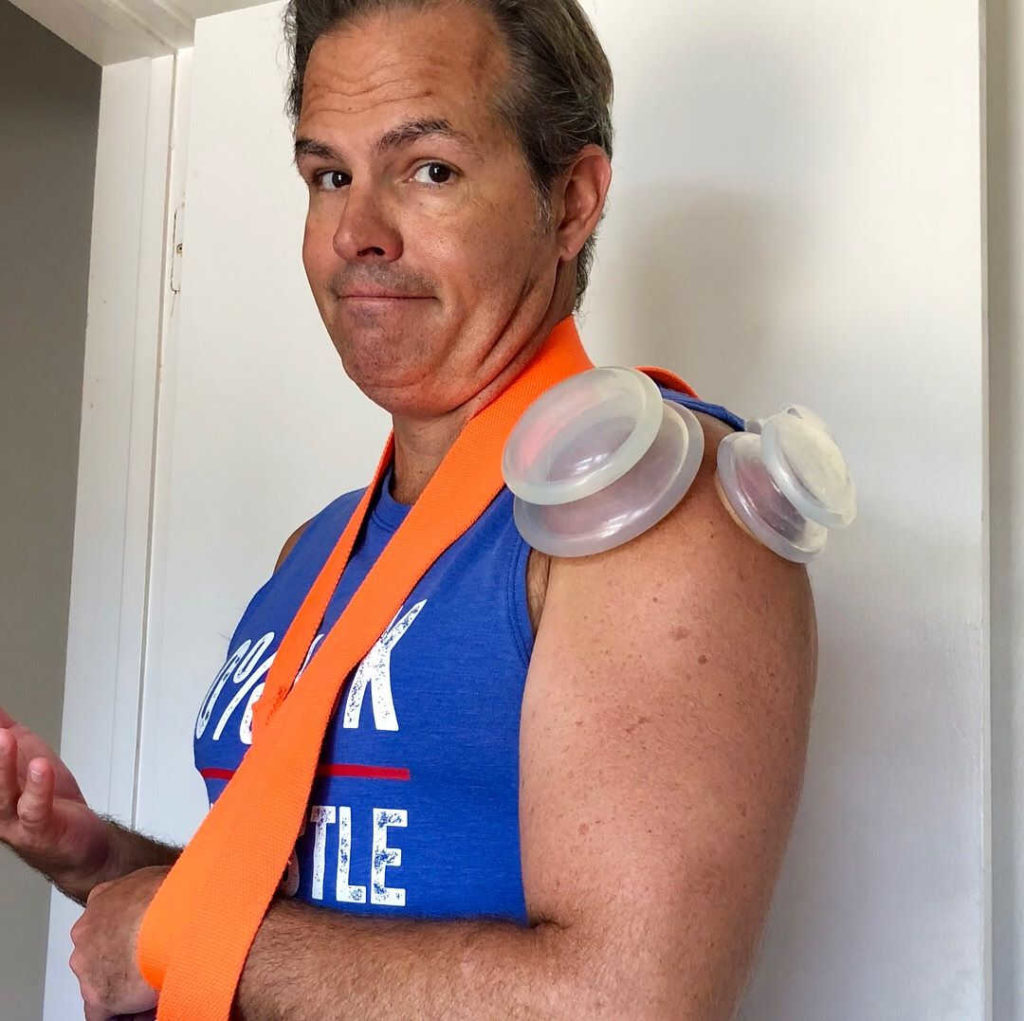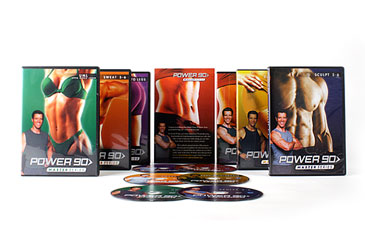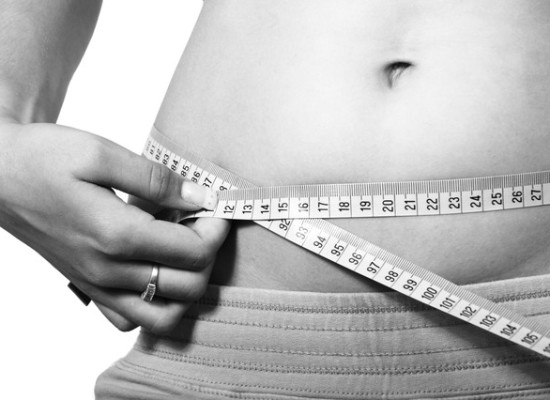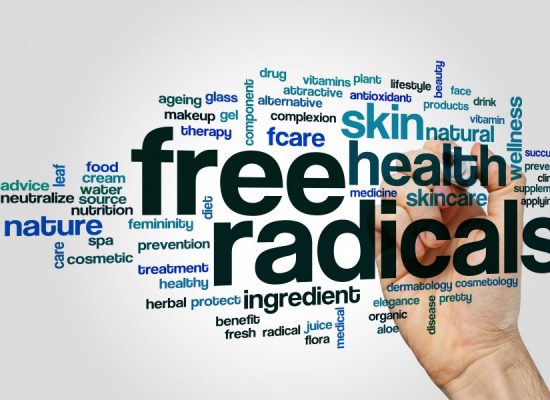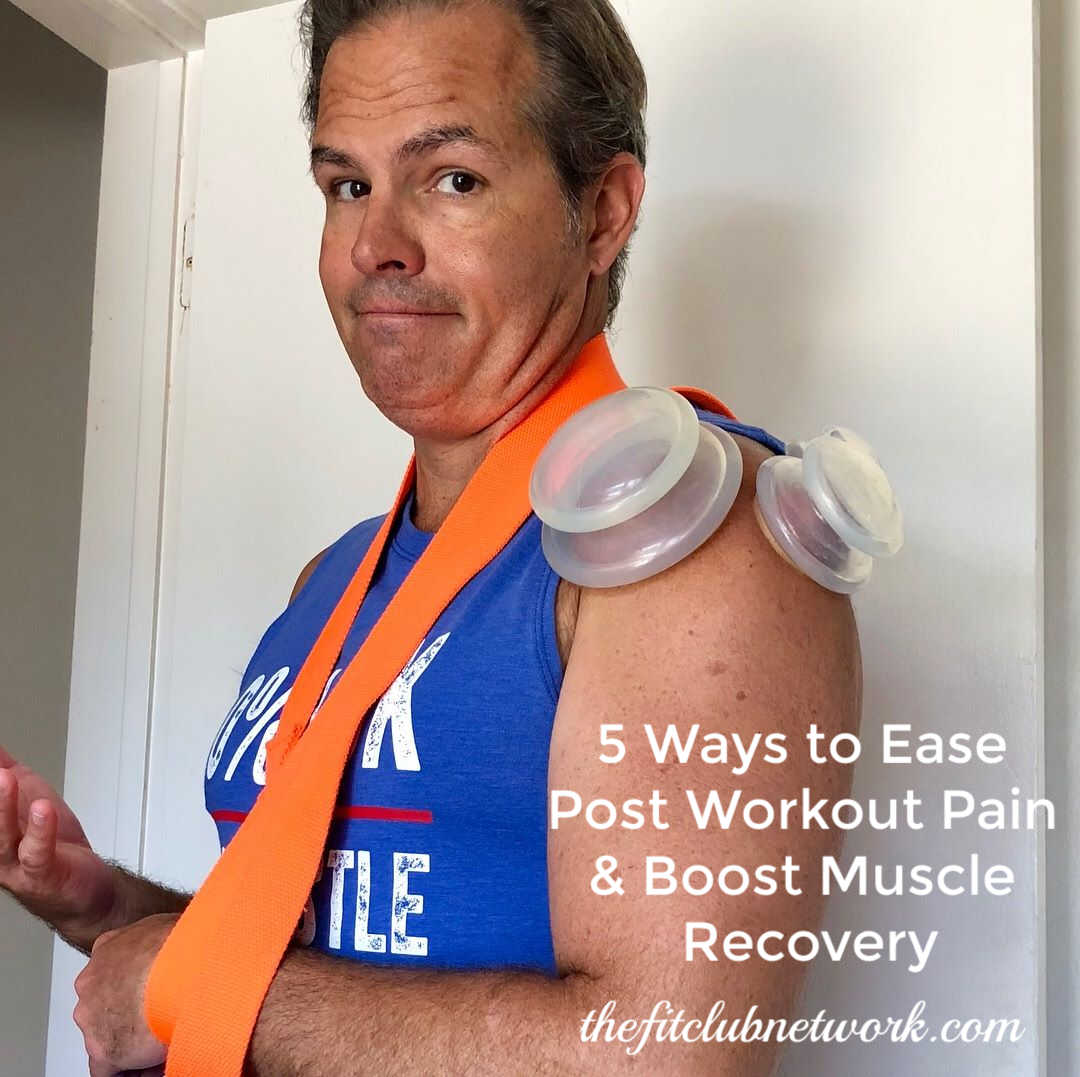
Here’s What I Do for Post Workout Pain & Muscle Recovery
It’s not always about how hard you can train—sometimes, it’s about how well you can recover. On post-workout days, I’m focused on muscle recovery and particularly on my bum shoulder.
The big issue is that I have scar tissue in my lat/armpit area that causes my scapula (shoulder blade) not to engage correctly. That led to an impingement in the front of my shoulder. Weird thing, but that’s what’s up.
I do several key things for to aid my post-workout muscle recovery. Here are my top five:
Remedies for Post Workout Pain & Muscle Recovery
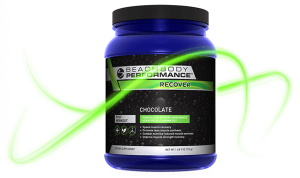 1. Performance Recover Post-Workout Supplement
1. Performance Recover Post-Workout Supplement
On the days I work out, I’m religious about drinking my Beachbody Performance Recover. Why? Because it really helps speed up my muscle recovery and enables me to stay strong and consistent in my workouts.
It’s designed to be consumed within 30 minutes after you’re done working out, then is time-released to give your body the proteins and nutrients it needs to boost its natural healing process.
Here’s everything that Beachbody Performance Recover is formulated to do—and does:
- Reduce and delay exercise-induced muscle soreness and fatigue
- Speed up muscle recovery
- Help you get faster results
- Promote lean muscle growth
- Improve your adaptation to workouts
- Help your muscles come back stronger
- Support muscle glycogen recovery
Besides the fact that it works, it’s totally safe and good for me. All of the ingredients in Beachbody Performance Recover are top quality, safe (for health AND sport), proven, and without side effects. Check out what some of Beachbody’s trainers and customers say about it—Beachbody Performance Reviews
Here are the key ingredients:
- Pomegranate extract. Contains ellagitannin, which is proven to speed up muscle recovery and reduce exercise-induced muscle soreness, particularly after intense workouts.
- 20 grams of high-quality protein. Contains a blend of fast, medium, and slow-released proteins to consistently deliver an uninterrupted supply of nutrients to help with muscle recovery and growth.
- Branched-chain amino acids (BCAAs). The 2:1:1 ratio of three key amino acids (leucine, isoleucine, and valine) promote muscle synthesis and rebuilding.
If you want to maximize the effectiveness and results of your workouts, this stuff is truly a MUST. I don’t always have samples on hand, but if I do, here’s how you can get your hands on it—Request a Performance Sample
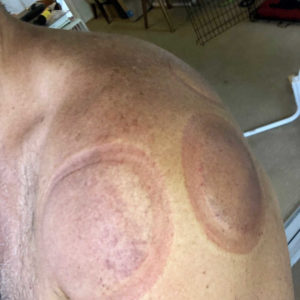 2. Massage and Dry Cupping Therapy
2. Massage and Dry Cupping Therapy
A massage is always a good call for sore muscles and muscle recovery. Keep an eye out for massage school deals in your area for an extra good deal.
Have you heard of dry cupping therapy? It’s become kind of trendy, which is pretty funny considering that it dates back to the ancient Chinese and Middle Eastern cultures. People do it for muscle pain and inflammation, to increase blood flow, and just for relaxation similar to massage.
Basically, the way it works is a cupping therapist will use fire (yes, fire) or a pump to create suction between special cups—typically made out of glass or silicone—and your skin.
You can also do the silicone ones yourself. These little buggers don’t hurt too bad—unless you move, which is why I wear the sling. You can expect some bruising that lasts a week to 10 days.
3. Epsom Salt Bath for Post Workout Muscle Recovery
The primary reason for our post workout muscle pain and soreness is inflammation in the joints and muscles due to damage that occurs to the muscle fibers. A hot bath with some epsom salts feels awesome and does a body good. This has been a sore muscle remedy for athletes for a long time.
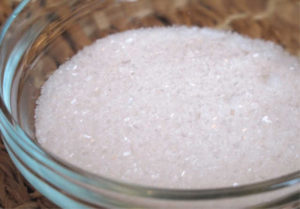 Why? Because epsom salt is comprised of magnesium and sulfate, both of which play a role in easing post workout muscle pain.
Why? Because epsom salt is comprised of magnesium and sulfate, both of which play a role in easing post workout muscle pain.
Magnesium actually regulates hundreds of enzymes in your body, reduces inflammation, and helps muscle and nerve functionality. Sulfates help your body absorb nutrients better and flush out toxins.
Epson salt baths don’t just help with muscles, they also relieve stress and anxiety by boosting the production of the mood elevating serotonin, help you sleep, lower blood pressure, heal skin wounds, relieve migraine headaches, and helps prevent heart disease/attacks, strokes, and blood clots.
If you feel tired after your bath, that’s totally normal. This is why I shoot for just before bedtime for my epsom salt baths. Also, make sure you stay hydrated AND limit your soak to 20 minutes.
I actually wet a washcloth, put the salts directly on the cloth, then just lay that on my shoulder for 15 minutes.
4. Ice or Heat for Sore Muscles
Here’s a great mantra to remember when it’s appropriate to use ice or heat for post workout pain or muscle recover—”Ice is for Injuries.”
Post workout inflammation is totally normal and icing is a drug-free way to reduce the swelling and ease the pain a bit. Heat can actually make inflammation worse.
In general, you’re going to use heat for tight and/or aching muscles and chronic pain, which creates tension, sensitivity and hyper vigilance over time. Cold can actually make you feel more tight, stiff or in pain.
Alternating ice and heat may help you recover from an injury faster.
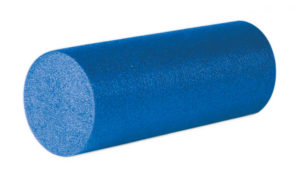 5. Foam Rolling
5. Foam Rolling
Foam rolling helps with post workout pain and muscle recovery by stretching and massaging the impacted area, which loosens up the fascia (connective tissue) and muscle and alleviates fatigue, aids recovery by promoting blood flow, and increases range of motion. It also can break down scar tissue, something that’s key for me.
It’s recommended you do it for 10-20 minutes every day to get the full benefit. Grab a foam roller HERE and check out these 8 exercises—8 Foam Roller Exercises
Basically, I hit my muscle pain from all directions and change it up to maximize the effectiveness. If you’re dealing with an old injury too, shoot me a message and let’s collaborate.

